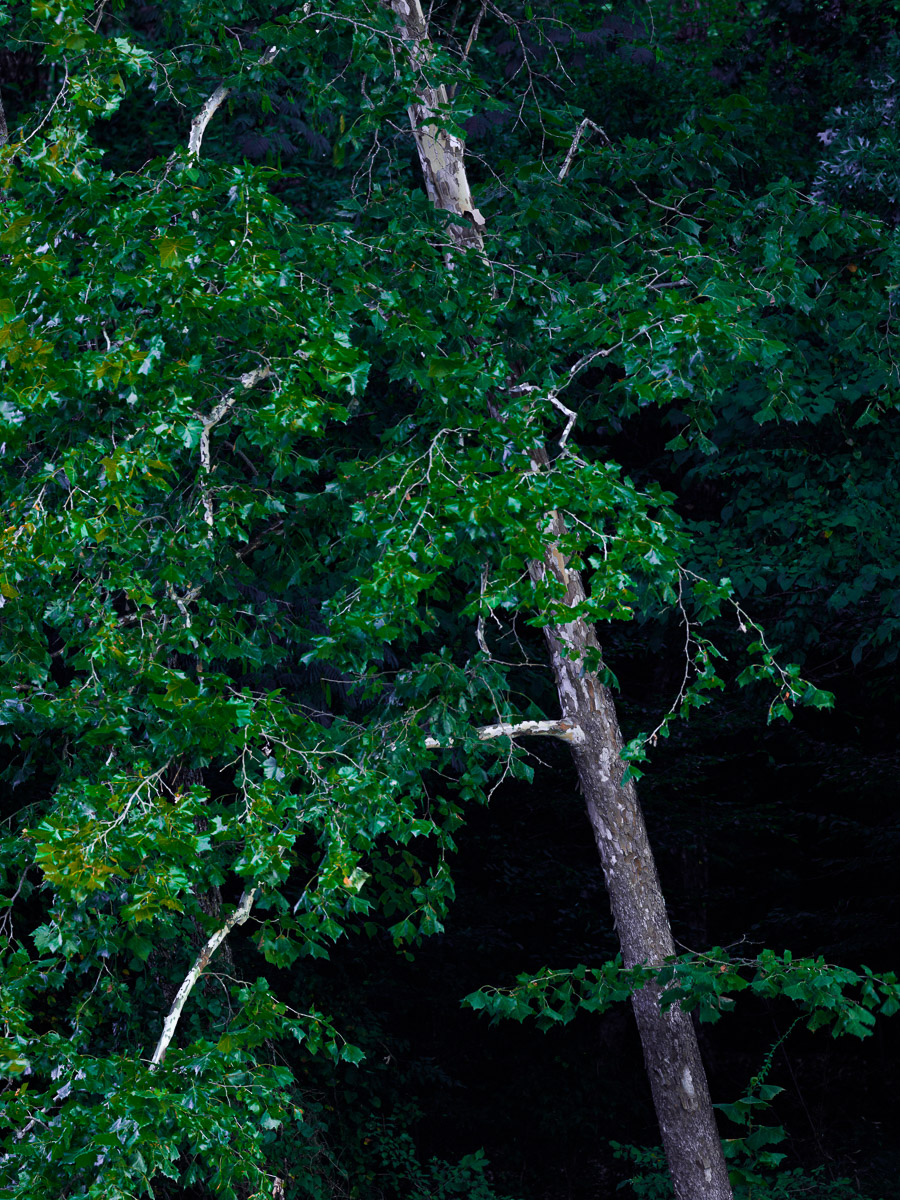When I first got interested in photography many, many years ago, the only thing I tended to photograph was what I would call the grand landscape. By “grand landscape” I mean the landscape as a whole, not individual aspects of the landscape.
I would take the occasional picture of wildlife, but it wasn’t something I specifically sought out. Subjects like architecture or abstracts held no interest for me; in fact, I would go out of my way to ignore such things. And, photographing people was an absolute no-go for me.
However, over the years, I have begun to take a more expansive view of subjects I will photograph. Landscape photography is still my main focus certainly, but now I will photograph anything that captures my attention. The interesting patterns and lines of a building, the abstract quality of peeling paint, even the occasional person, are all fair game.
Even my landscape work has evolved over the years. Whereas I used to photograph only the grand landscape, I am now just as likely to seek out and photograph smaller elements and details, such as a single tree like this one.
I discovered this tree on a recent visit to Pinnacle Mountain State Park. Arriving before sunrise, I found the gates were not yet open, so I drove a little further down the road to find a small area where I could pull off the road and watch for someone to open the gate.
As I sat in my truck in the ever brightening early morning light, I noticed something that I thought was a cat coming across the road toward my truck. But, as it got closer, I realized it was a raccoon, and it kept coming. I lost sight of it as it passed in front of or under my truck, and I couldn’t figure out where it went.
Finally, I noticed that a park employee had arrived and was opening the gate. But, I still didn’t know where the raccoon had gone. I suspected it had gone into the woods, and that would have been fine. But, if it was still under my truck when I started to drive away, well, that just wouldn’t do.
I slowly opened my door and stepped out. Carefully checking underneath, I found nothing there. The little raccoon (actually, it was a pretty good sized one), it turned out, had had no interest in me or my truck and had headed off into the trees.
I made my way to a boat launch area where I parked and got out to check out the area. After a few minutes, I noticed this tree. Catching the early morning light, it stood out from the darker shaded trees behind it. It was this lighting contrast, the lighter trees against the darker background, that caught my attention.
The challenge I had creating this image was the wind. I didn’t notice at first; looking through my 100-400mm lens set at 400mm, it was annoyingly obvious. Trying to keep my ISO as low as possible to avoid digital noise, I tried to photograph the tree with slower shutter speeds, but that simply allowed the leaves to be blurred.
Finally, I began edging the ISO up in 1-stop increments until I got an image in which the leaves did not appear to be blurred. Doing this, my final settings for this image were a shutter speed of 1/4-second with an aperture of f/5.6 at an ISO of 800.
I always capture my photographs in the RAW format because that format gives me complete flexibility to process the image however I choose. However, the drawback, if you want to call it that, is that the image, as it comes out of the camera, will have little contrast and look very flat. Most images benefit from having contrast to provide separation between the various layers of the image to create a sense of depth in the picture.
Because it was the contrast between the tree and its background that drew my attention, enhancing that contrast was imperative. I spent a lot of my time in Lightroom increasing the contrast of the scene by brightening the tree and darkening the background. This created the separation I needed between the tree and background. Once I was satisfied with the results, I opened the image in Photoshop to sharpen the image using Topaz Labs’ Sharpen AI.
